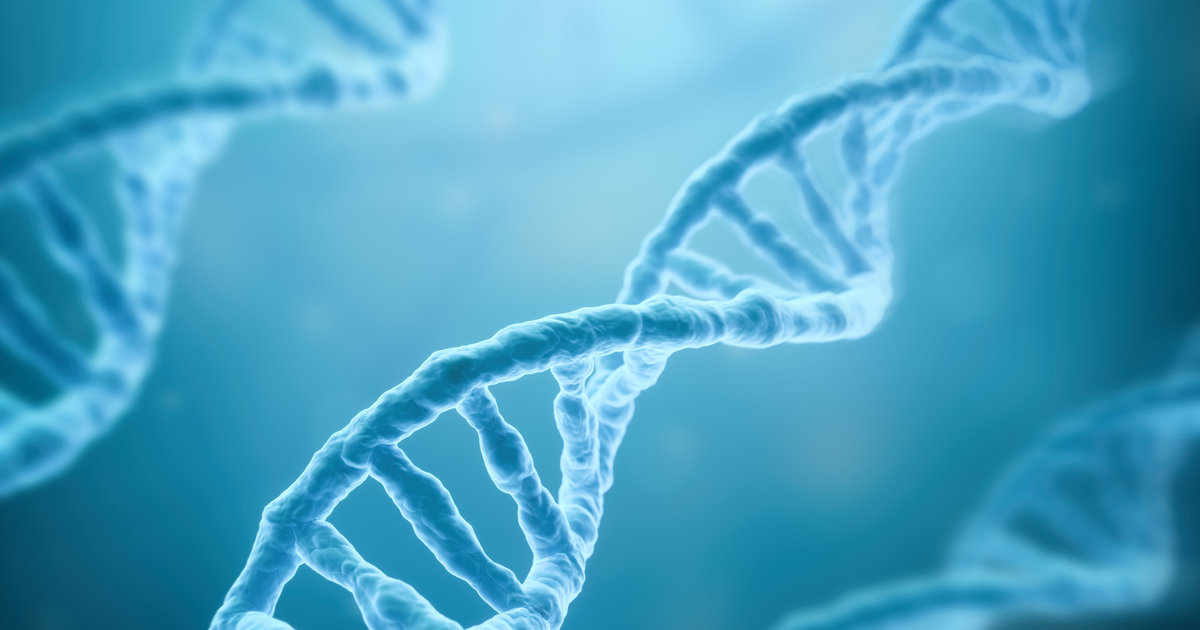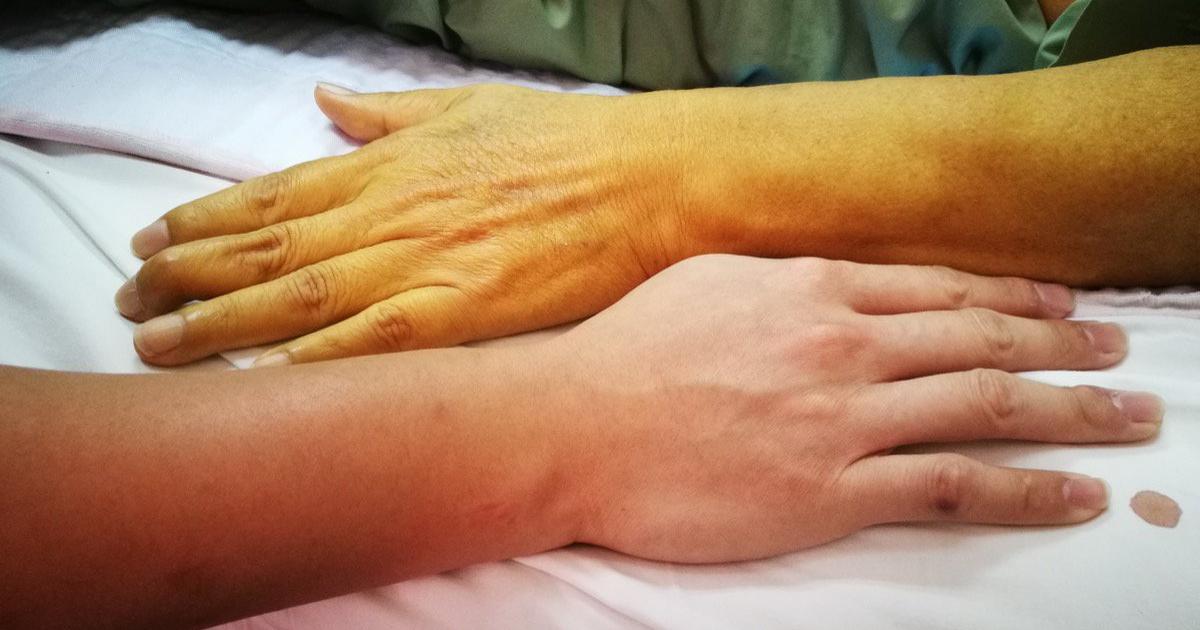What Are The Causes, Complications, And Symptoms Of Gilbert Syndrome?
Gilbert syndrome is a genetic disorder that causes the liver to improperly process bilirubin, which is produced when red blood cells break down. Ordinarily, the liver converts it to a form that can be removed from the body. When this process doesn't occur, bilirubin may build up in toxic levels in the blood. Gilbert syndrome is a fairly common genetic disorder, affecting between three and seven percent of individuals residing in the United States. It's more commonly found in men than women. The disorder is usually mild and may not present with any symptoms. However, Gilbert syndrome patients may be predisposed to harmful buildups of bilirubin if they have other risk factors, which include general illness, menstruation, skipping meals or fasting, or exercising excessively.
Gene Mutation

Gilbert syndrome is caused by a gene mutation or mutations in the UGT1A1 gene. This is the gene that gives the body instructions for how to make the enzyme bilirubin-UGT, a necessary component for bilirubin removal. Bilirubin-UGT is typically found in an individual's liver cells. The enzyme causes chemical reactions called glucuronidations. Throughout these reactions, glucuronic acid is transferred into unconjugated bilirubin. Unconjugated bilirubin is the type that cannot be removed from the blood. After glucuronic acid combines with the bilirubin, it becomes conjugated. The glucuronidation process allows bilirubin to dissolve in water and exit the body.
The most common Gilbert syndrome gene mutation is called UGT1A1*28. It occurs close to the 'promoter region' of the gene, the portion responsible for producing bilirubin-UGT. The change impairs the production of the enzyme but does not inhibit it entirely. A Gilbert syndrome patient produces about thirty percent of an average individual's bilirubin-UGT, which causes unconjugated bilirubin to be processed much more slowly, leading to bilirubin buildups in the blood.
Jaundice

When Gilbert syndrome patients do experience symptoms, the most common one is jaundice. Because bilirubin has an orangey-yellow tint, it causes discoloration to the skin and eyes when it builds up. The whites of the eyes and the skin may appear unusually yellow. In some cases, bodily fluids are also tinted yellow. Jaundice is most commonly observed in infants whose livers can't yet process bilirubin properly. Nearly sixty percent of infants have jaundice, and most cases resolve on their own.
However, in individuals with Gilbert syndrome, jaundice might occur at any age. It's more likely to occur if they have the aforementioned risk factors like illness, menstruation, or malnutrition. When jaundice appears in an adult seemingly at random, it's important to identify and treat the underlying cause, as it could be a sign of serious liver problems. Failing to treat severe jaundice can lead to brain damage because of the toxicity of the bilirubin.
Fatigue And Weakness

Fatigue and weakness may occur alongside jaundice if the bilirubin levels in the blood become too high. Fatigue may present as an unusual feeling of tiredness or 'brain fog,' despite eating, drinking water, and getting enough sleep. There may be a general feeling of weakness in the body. This might impact a patient's endurance and make them feel tired after short periods of physical activity they can usually tolerate. It may also make their muscles feel generally weaker and more tired than usual.
If these symptoms occur alongside jaundice, a doctor can check the patient's bilirubin levels through a blood test. Liver function tests may also be used to make sure the liver is working adequately. The fatigue tends to go away when jaundice does. If it's caused by malnourishment, over-exercising, or dehydration, patients should rest and eat and drink water to help restore their body's usual balance.
Abdominal Pain

Some Gilbert syndrome patients experience abdominal pain during their episodes of jaundice. With that said, researchers aren't sure what the link between abdominal pain and increased bilirubin levels is. Some patients report having symptoms of irritable bowel syndrome during jaundice episodes. This condition causes constipation, diarrhea, bloating, and cramps.
One theory is these digestive issues are a sign of another condition like a mild virus or infection. Illness increases the chances of bilirubin levels building up in the blood, so it makes sense that jaundice may occur alongside general illness in Gilbert syndrome patients. Abdominal pain usually goes away when jaundice does. If it persists, the individual may want to get an evaluation for other potential illnesses.
Increased Risk Of Gallstones

Gilbert's syndrome patients have an increased risk of developing gallstones. In one study of patients scheduled for a cholecystectomy due to gallstones, about 3.2 percent of men had Gilbert's syndrome, but none of the women did. The researcher's takeaway was that about one in thirty men scheduled for a cholecystectomy may have Gilbert's syndrome. It's important for doctors to screen cholecystectomy patients for Gilbert's syndrome to identify the cause of any future jaundice episodes. Otherwise, they may mistakenly believe the jaundice is caused by a gallstone missed during the surgery, which could make the patient undergo an unnecessary bile duct surgery. A cholecystectomy is a surgery that removes the gallbladder. This organ stores bile that the liver produces, but the body can function without it.
